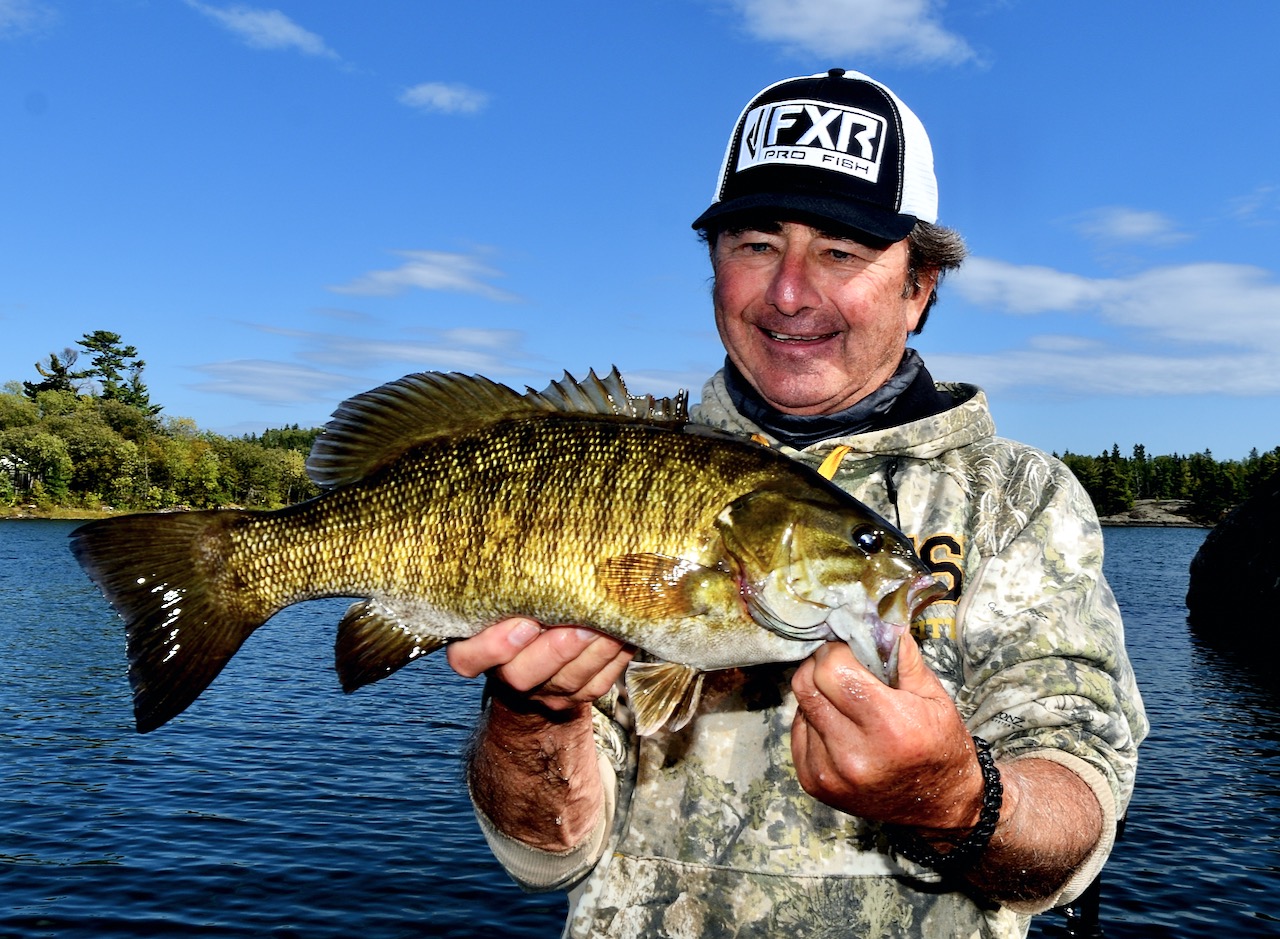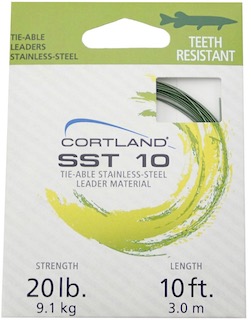LAST-CHANCE TACTICS
When late-season fish are on the move and bulking up for winter, these two pro techniques will get you in on the action
Advertisement
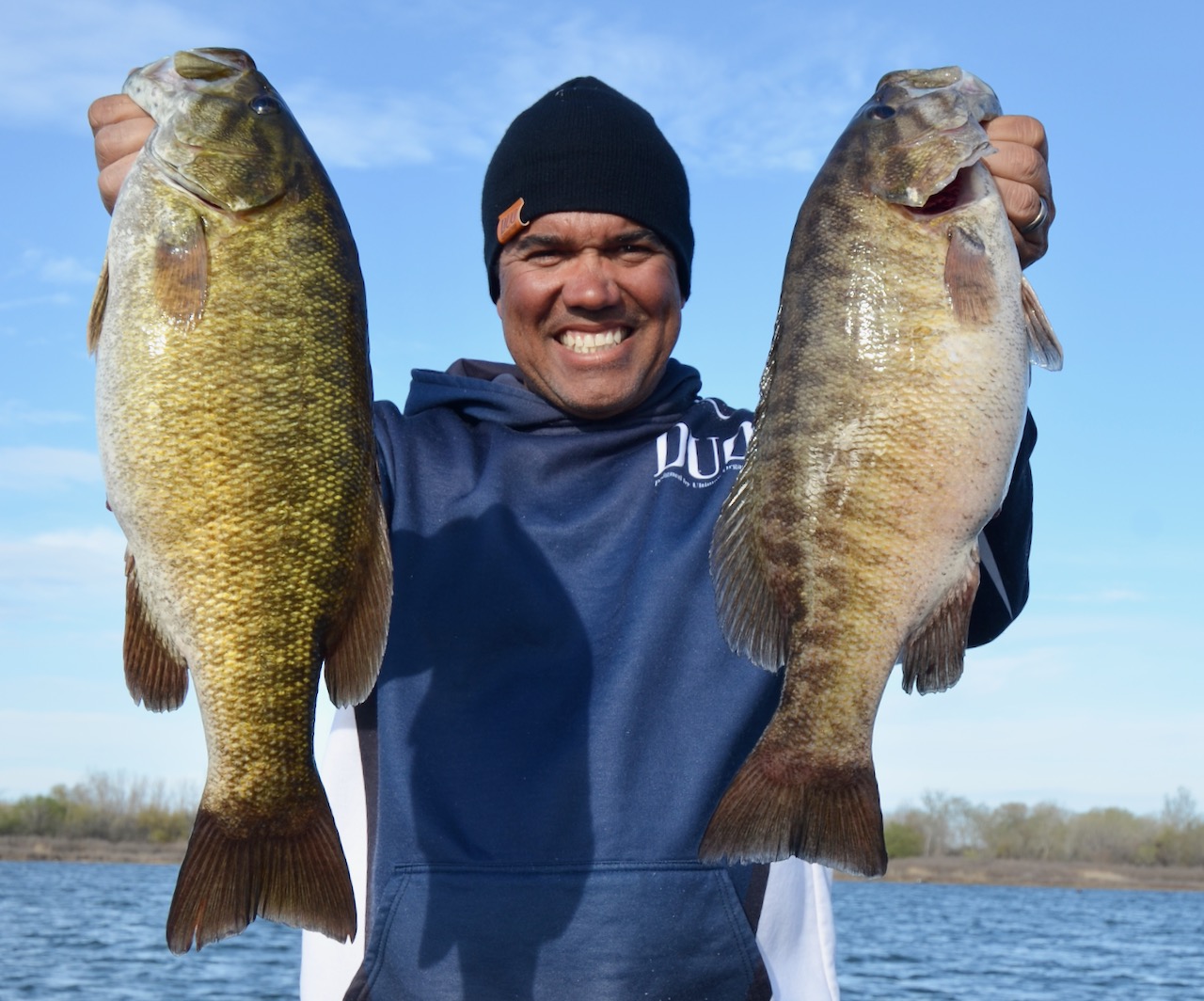
TACTIC #2 DROP-SLIDING
Of all the techniques that produce impressive results during the fall, none is more effective than drop-sliding, a stellar tactic I learned from David Swendseid, DUO’s U.S. manager and R&D Specialist. Also the person responsible for introducing spybaits to North American anglers, Swendseid turned me onto this presentation—think power-fishing with a drop-shot rig—more than a decade ago. At first, I used it successfully in the summer, but when I carried the tactic into the fall, it truly excelled. Today, it’s often my go-to technique for late-fall walleye, bass, crappies, pike and perch.
Part of the reason why drop-sliding is so effective is that it’s extremely efficient. While power finessing typically involves two different set-ups—a fast-paced presentation to find the fish and a slower finesse tactic to land the laggards—drop-sliding requires just one rod, reel and lure. The only thing you have to wrap your head around is that unlike drop-shotting, when you only shake the bait, it’s essential to also make the weight tremble. And it works whether the fish are suspended or on the bottom.
Advertisement
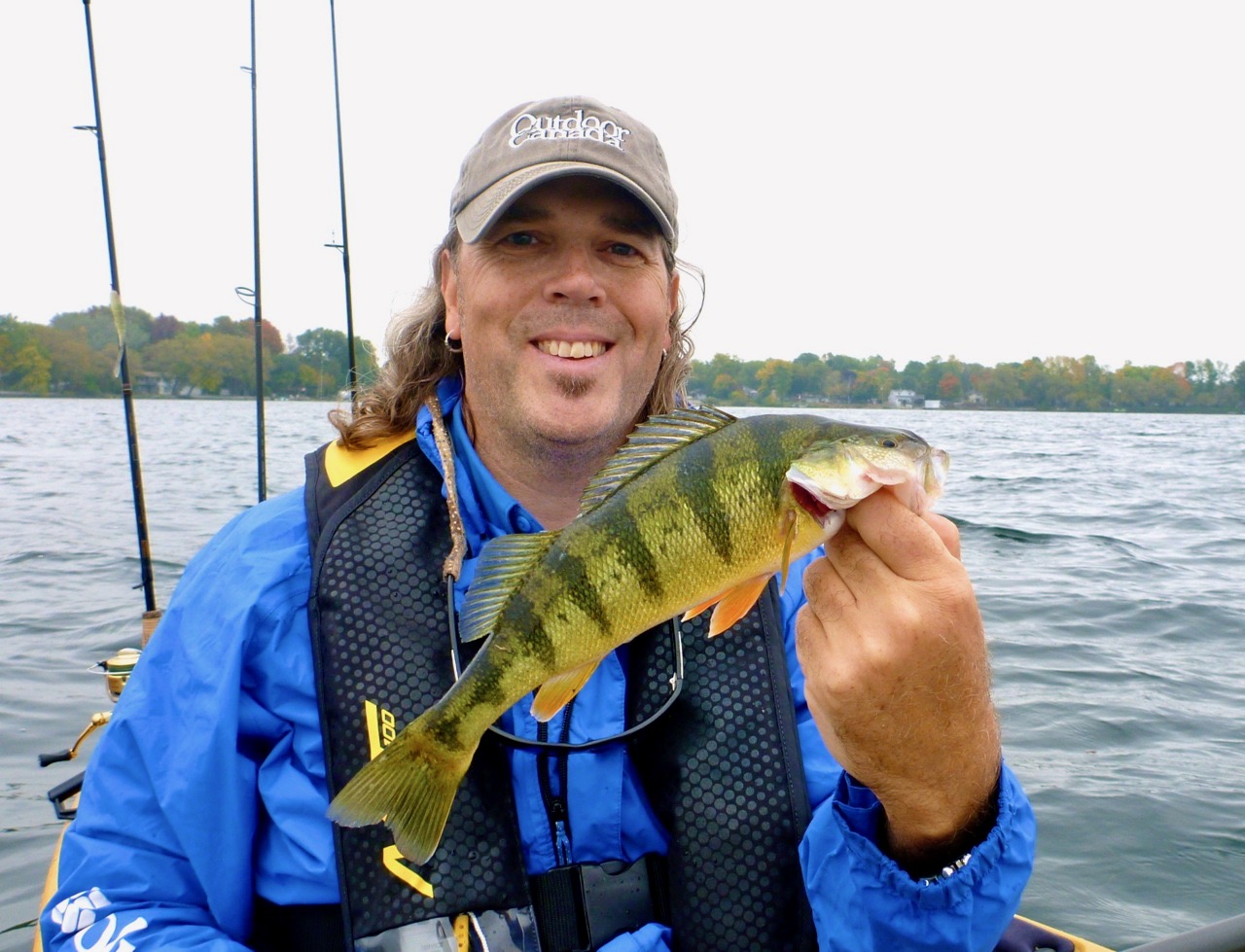
SUSPENDED FISH
When Swendseid finds suspended fish, he casts out and lets the lure and weight slowly pendulum through the school, all the while shaking the rig as it slides through the water column. And to make long casts, he uses very thin, two- to five-pound fluorocarbon such as Seaguar Tatsu or Toray Bawo Super Finesse, which also feature heightened sensitivity.
If you’re like I was when Swendseid first told me about this tactic, you’re probably wondering why not just glue a swimbait to an appropriately weighted jig and do the same thing? I mean, what’s so special about using a drop-shot rig? “Drop-sliding is so much more versatile,” Swendseid says. “You’re tickling the area in a much less intrusive manner when you slide your bait through the fish. I will use a 36-inch or longer leader between my drop-shot weight and lure in the fall because the water is so clear and I don’t want the fish to profile the lure in relation to the weight.”
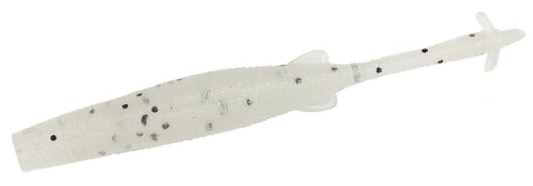
He also uses a petite bait such as a three-inch Duo Realis Finder Shad (above), which has tall oval sides to generate the same rolling motion displayed by flickering minnows. Finally, you can adjust your depth much easier by simply adding a heavier drop-shot weight. It’s effortless to fish a heavy drop-shot for suspended fish, especially if you have to move vertically over top of them.
Advertisement
I can’t tell you how many times that tactic has paid big dividends when I’m targeting tight-lipped jumbo perch feeding on clouds of spiny water fleas in the middle of the water column. It’s a chore to delicately hover tiny soft-plastics on a 1/32-ounce jig in 30 feet of water with the wind howling and waves washing over the front of the boat. However, you can easily slide your bait through the jumbos—and stay over top of them—when you use a much heavier, 5/16- to 3/8-ounce tungsten drop-shot weight.
“I used to shake and swim a jig and small plastic bait,” says Swendseid, who once held Oregon’s smallmouth bass record. But picking a jig with the perfect weight and counting it down so that it suspended naturally was too challenging, he says. And when the wind came up, it was even more difficult to shake the jig. “You were constantly adjusting jig weights to fight the ever- changing wind, yet keep it light enough to look natural,” he says. That meant cutting and retying several different configurations. Add in current if you’re fishing a river, and it gets even harder. But when you drop-slide, you only have to switch the sinker at the end of your line. There’s no need to cut and retie anything.
Advertisement
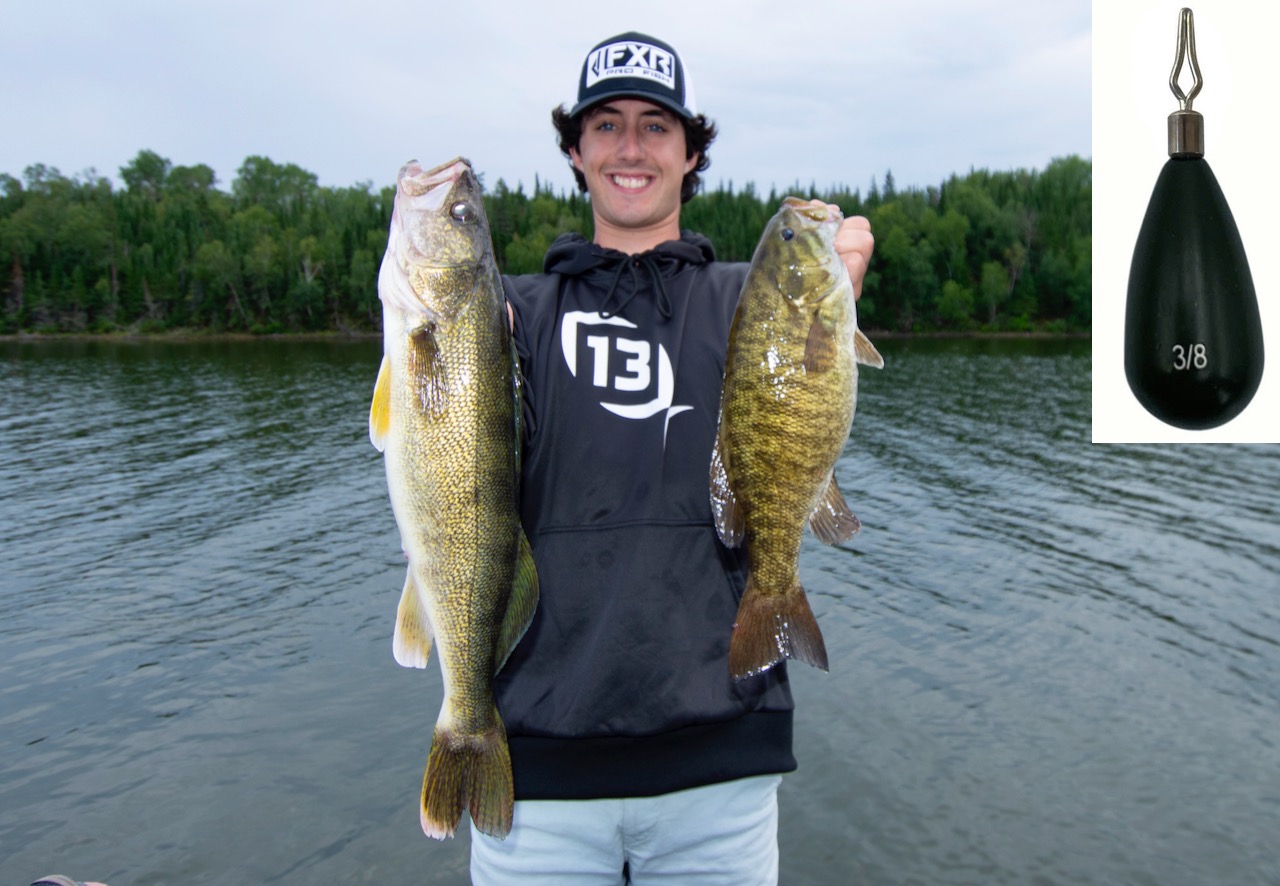
BOTTOM HUGGERS
As effective as drop-sliding is for suspended fish, my favourite application of the tactic is what Swendseid calls “counting rocks.” It’s deadly throughout the fall when walleye, bass and black crappies hug the bottom like a young boy clutching his mother’s leg.
“It is such a deadly cold-water technique,” says Swendseid. “And except for anglers in Japan, no one else is doing it.” Drop-sliding on the bottom is basically cranking the lure, he explains, where you develop a rhythm that makes it pop and jolt as if it’s a frightened minnow. To do that, he shortens the distance between his 1/8- to 3/8-ounce tungsten sinker and size 2 or 4 X-Point hook to about six inches.
“I also colour the weight with a marker so it blends in with the bottom and doesn’t reflect light,” Swendseid says. Then he makes a long cast and reels in the rig so that it’s touching bottom and he can feel and count every rock it goes over. “You want to reel fast enough not to snag, but unhurried enough that it’s moving in slow motion,” he says. “Of course, the other great thing about this presentation is that whenever you stop retrieving, you are drop-shotting again.”
According to Swendseid, you will catch more and bigger fish in the fall by using the lightest, most subtle tackle possible. Focus on thin lines using diameter, not the pound-test rating, as your guide. And always use dense tungsten sinkers instead of your buddy’s fat, garage-poured lead weights.
When Swendseid first told me about this tactic, I loaded two rods as a test: one with a jig and swimbait, the other with his counting rock rig and the identical soft-plastic. The difference in the number of smallmouth bass I hooked was like night and day. I’ve since duplicated the results many times while fishing for fall walleye.
I’ve also found that using VMC SpinShot drop-shot hooks complements this system brilliantly. They rotate 360 degrees, completely eliminating line twist and allowing me to fish my minnow, worm or creature bait over the rocks in an amazingly lifelike manner. I like the fact, too, that I can upsize to a bigger #1 or 1/0 hook and a larger three-, four- or five-inch swimbait and catch trophy fish in the process. Now that’s getting in on the feast.
Kenora, Ontario’s Gord Pyzer is Outdoor Canada‘s long-time fishing editor.
BONUS TIP: LEADER LESSON
While drop-sliding for bass and walleye, I’ve caught so many pike—and been bitten off by far too many more—that I’ve started to fashion pike-specific rigs with foot-long leaders of ultra-thin, nearly invisible, 13- to 20-pound tieable stainless steel wire. This not only saves time and effort in rerigging when you’re fishing for other species, it also lets you land bonus big northerns.

